Why do dark spots appear on the skin?
Dark spots on the skin are the result of a complex biological process, accelerated by environmental factors such as exposure to UV rays and pollution, as well as our lifestyle. These spots are manifestations of imbalances in the pigmentary system.
The skin, which is our largest organ, is made up of three layers: the epidermis, which is our external protector; the dermis, which is rich in collagen and blood vessels; and the hypodermis, which is a reserve of adipose tissue.
Constant cell renewal maintains skin integrity. Pigmentation is regulated by melanocytes. Although UV exposure gives us a tan, it can damage our DNA, accelerate ageing, and cause the appearance of skin spots.
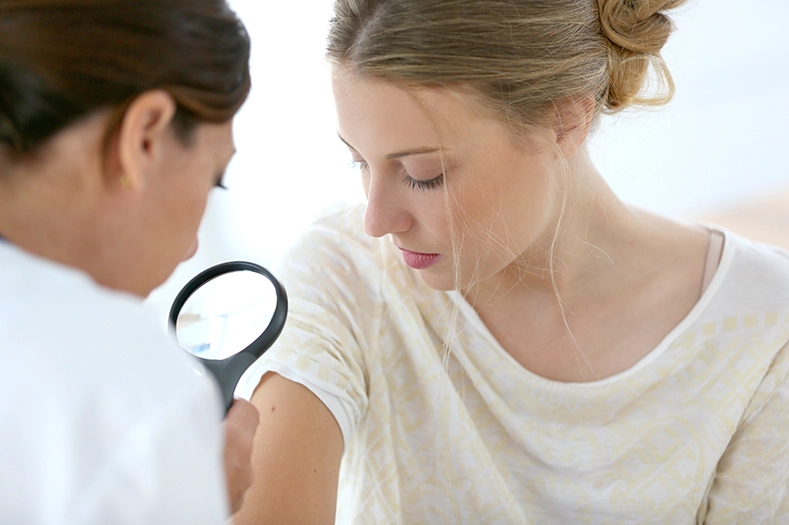
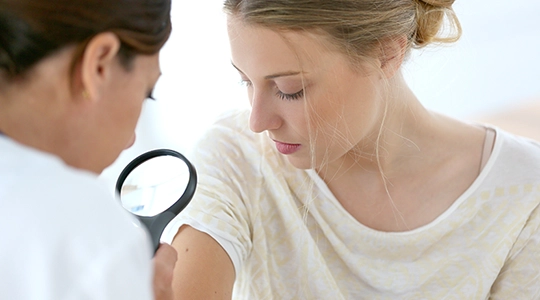
Different types of spots according to their origin
Dark spots on the skin are the result of a complex biological process, accelerated by environmental factors such as exposure to UV rays and pollution, as well as our lifestyle. These spots are manifestations of imbalances in the pigmentary system.
Hormonal skin spots
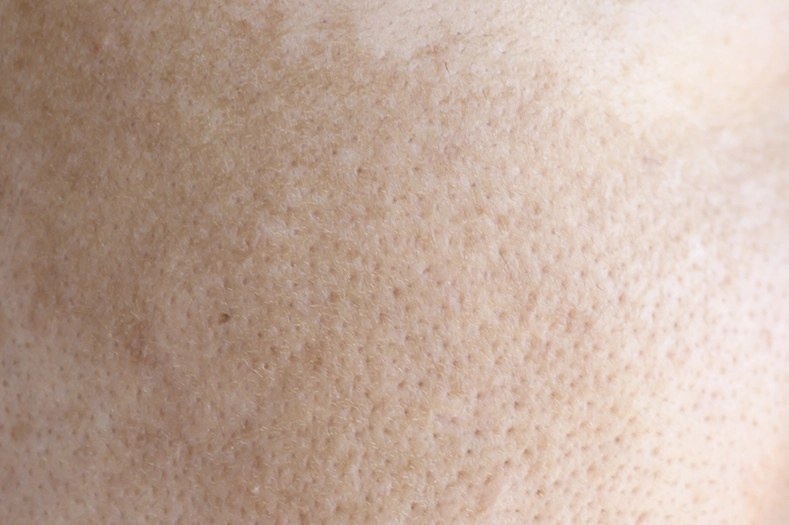
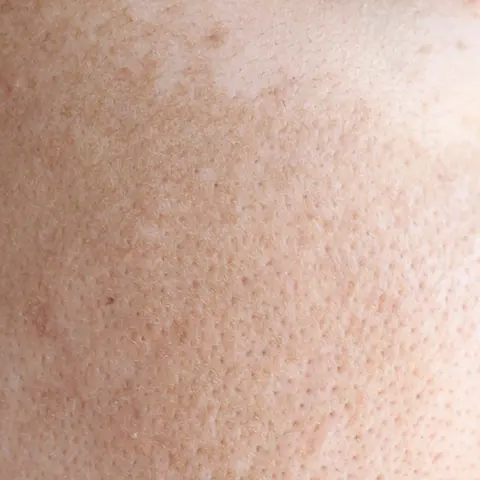
Hormonal skin spots
Also known as melasma, chloasma or the mask of pregnancy.
How do they originate?
The cause of their appearance is sun exposure combined with hormonal factors, stress, allergic reaction or use/consumption of medication.
How do I identify them?
They are dark spots with a diffuse and irregular distribution. They generally manifest symmetrically on both sides of the face, affecting areas exposed to the sun such as the forehead, chin, nose, cheeks or upper lip.
How do I treat them?
Sun or age spots
Also known as solar lentigo or senile lentigo.
How do they originate?
They are formed by the accumulation of two skin pigments: melanin and lipofuscin. The cause of their appearance is over-exposure to the sun and/or pollution.
How do I identify them?
They are brown, dark brown or very dark, flat, round and oval with regular edges. They appear either as one skin spot or a collection in sun-exposed areas (face, hands, neckline, arms and back). They do not disappear during winter, remaining throughout the year.
How do I treat them?
Sun or age skin spots
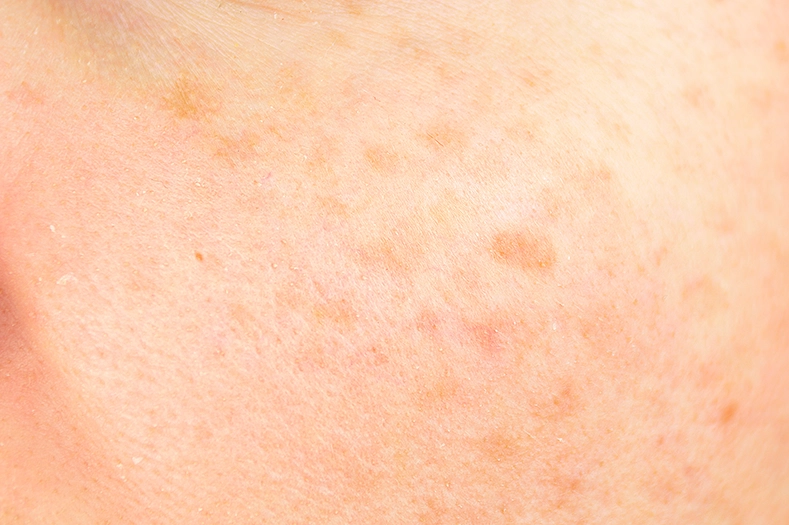
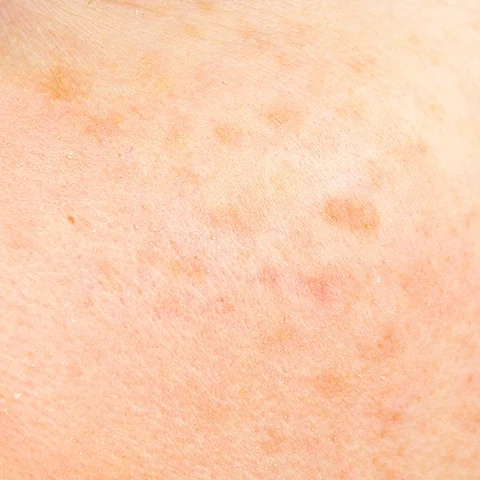
Inflammatory skin spots
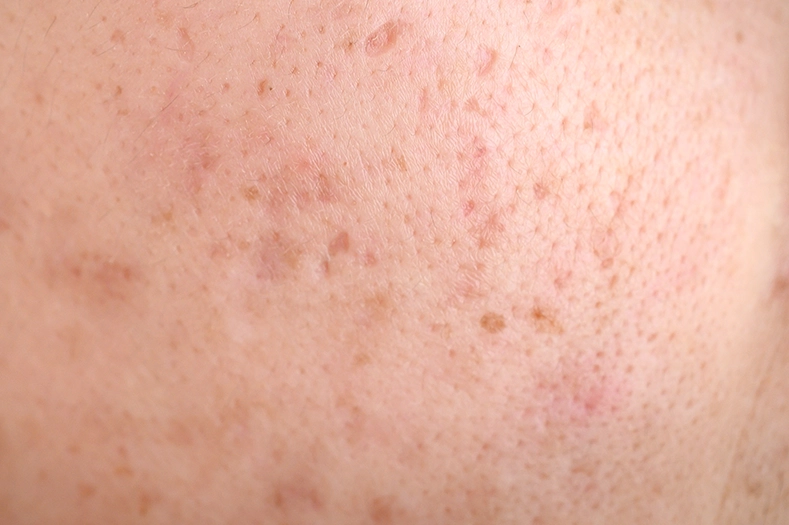
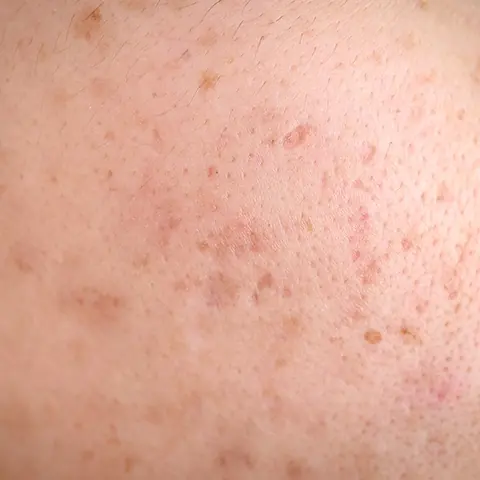
Inflammatory skin spots
How do they originate?
The appearance of these skin spots is attributed to an increase in melanin synthesis as a response to inflammation triggered by factors such as irritation, skin infections, acne, aggressive peels or laser therapies, for example.
How do I identify them?
They are dark spots that develop following inflammation in the skin. They are irregular and located in previously inflamed areas, not only in photo-exposed areas.
How do I treat them?
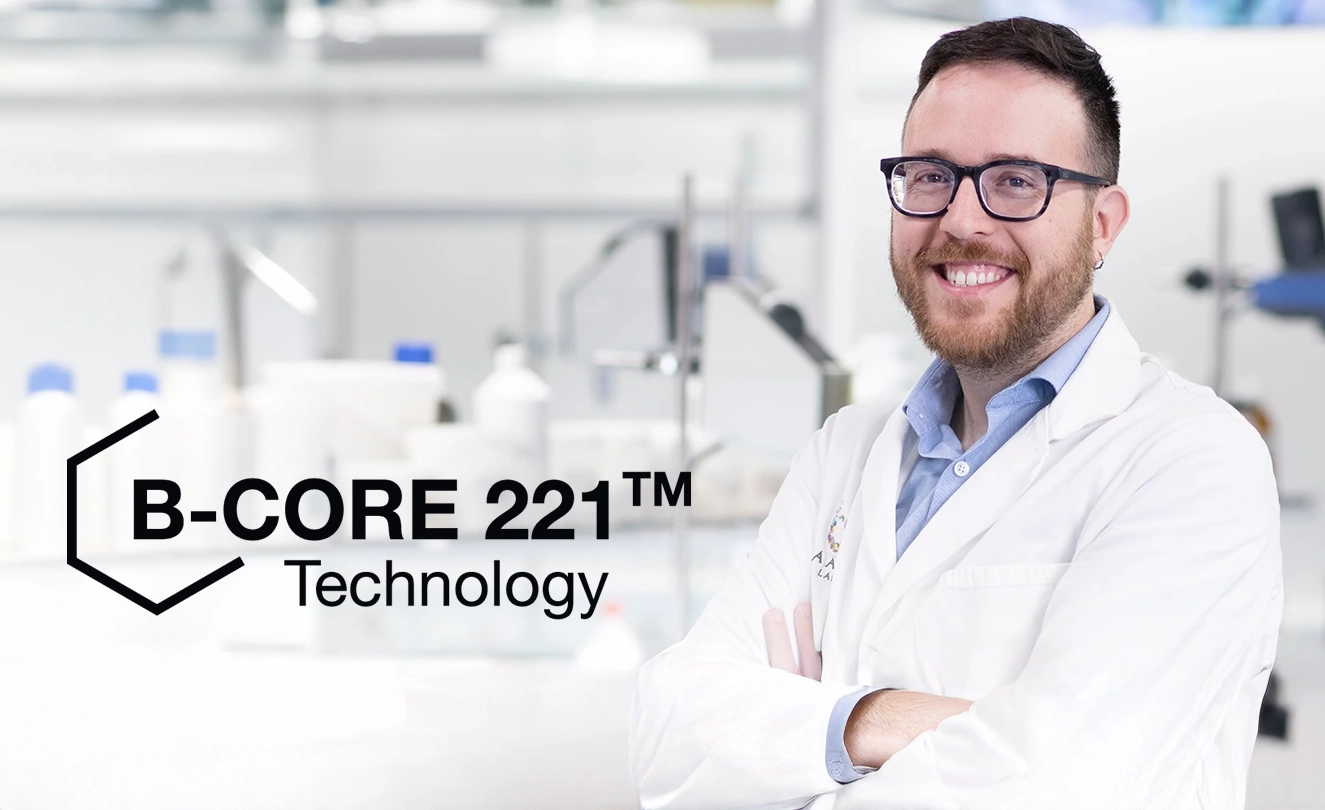
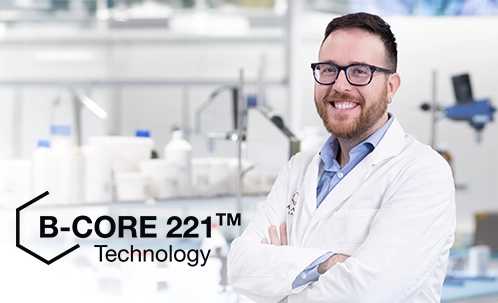
B-CORE 221™ Technology, the patent that changes lives
The bio10 forte range of treatments incorporate the patented B-CORE 221TM Technology to maximise anti-skin spot effectiveness. This patent has been developed to treat skin spots with greater precision and effectiveness.







